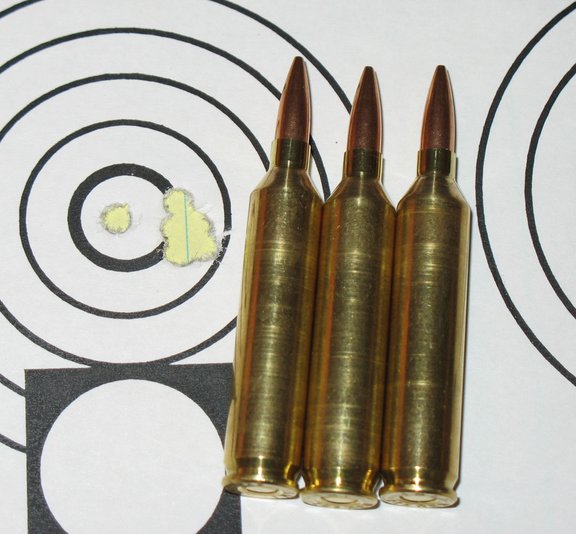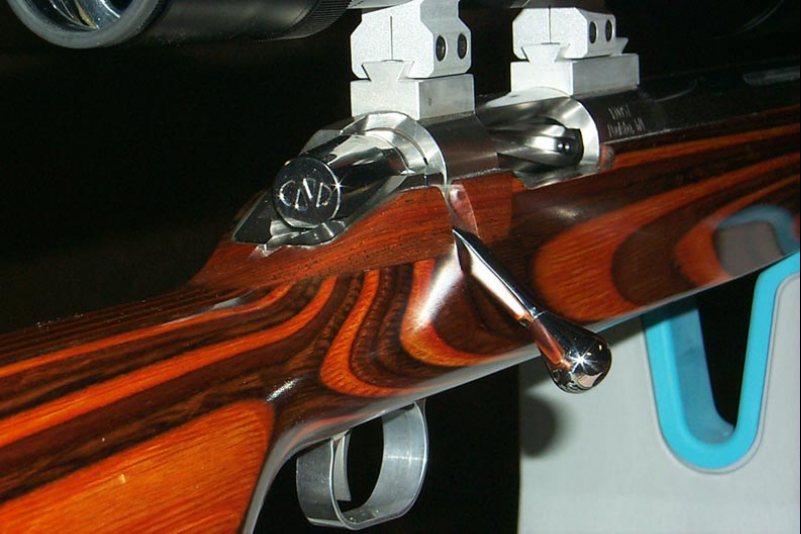Load Notes
This is really just notes I made to myself many years ago. About twenty five years ago, I gathered up all the scraps I had tacked and taped around my old loading bench and put them all together into one document. Nothing earth shattering or set in stone, but some good reminders on load work.
General Notes
Be scientific!
- Change only one variable at a time.
- Work with large enough samples – do not rely on one or two groups.
- Seek repeatability, from group to group, day to day. Don’t get sucked in by one or two small groups, look for the best overall average groups.
- Be objective. Count ALL groups and shots.
Do not forget the importance of concentricity. Always check to be sure that the setup produces straight ammo.
Try to do load work in good conditions. Test load, not shooting.
ALWAYS keep very good records, including conditions.
If in doubt start with a known good accurate bullet – Fowler 52’s for a .22 caliber for instance.
Remember, loads developed in winter may need to be re-done in summer and vice versa.
Generally speaking, “same powder, same velocity, same pressure”. In other words, using the same powder as listed in a loading manual, and taking barrel length into account, you should be close to the same pressure at the same velocity even if charge is quite different.
Working up a Load
Be sure to do some shooting and load work at 200 and 300 yards or further, not just 100!
Always find the powder and charge first. Then find best seating depth. From that point on, when trying other powders and bullets, use the distance from lands determined to be the best.
Powder and Powder Charge Selection
Density
A good place to start in powder selection is the powder that gives best velocity at about 85% of case water capacity, without being a max. load (middle load from data manual). In other words, determine case water capacity, look for powder which has “middle” charge listed at 85% of capacity that gives best velocity. Be open minded here, “fast” powders very often display best accuracy despite poor load density. Try some of each!
Incremental Load Development
Should be done from at least 200 yards, 300 even better, 500 better still. Conditions should be as good as possible (don’t even bother in tough conditions). Choose a starting load and increment (.2 or .3 gr. Etc…), that should reach max. in the number of shots to be fired. Important – charges should be carefully WEIGHED for this testing, measured is not good enough. Weigh charges at home and take to field if need be. Shoot at least ten shots, twenty is better. Shoot over chronograph! Always start with a clean bore and fire a couple of fouling shots using starting load before beginning test. Chart impact and velocity for each shot, use a spotting scope if needed to plot each shot on a chart at the bench. Consider using “shoot-n-see” targets if needed to spot impact points. Looking for “flat spots” in velocity and impact point. If “flat spots” are hard to find, try another powder, bullet or primer etc…
Seating Depth
Seating depth is one of the most important variables in finding the best load for a rifle. Choose a starting point for seating depth depending on application. If appropriate for the application, always start with the bullet solidly touching the lands (but not “jammed”). .005 to .010 short of “jammed” is very often the optimum seating depth. After the best powder charge has been found at this starting seating depth, start to fine tune seating depth. Try going to “jammed” if appropriate, otherwise start working out in .010 increments. Find most promising area and go back and re-shoot in .005 increments. Stay away from “just touching” – too hard to accurately measure and relationship too delicate to maintain. Much more consistent to either be in firm contact with lands or cleanly free of lands.
Necks and Neck Tension
Neck tension is a very important variable in accuracy. Both the amount of tension and the uniformity of tension. Of the two, uniformity may be the more important. For best uniform tension, neck thickness needs to be uniform.
For applications where very light neck tension is appropriate (non-magazine ammo for instance), a dry lube applied to the inside of the neck may help achieve more uniform tension.
For single shot precision applications, try “self seating”. That’s light neck tension (an easy thumb pressure to seat, but can’t twist seated bullet in fingers), jammed hard into the lands.
Remember, a lot of neck tension and a seating depth jammed into the lands will give nasty vertical virtually every time. If using more than .002 neck tension, do not seat hard into the lands.
Very good necks do matter. Turn carefully and polish inside for best results/accuracy.
Misc. Notes and Troubleshooting
Vertical groups usually indicate that the powder charge is not quite right. “Tune” out vertical. Could be gun or bag setup too. If possible, try adjusting powder charge UP to cure vertical. Might try jumping the bullet to cure vertical too.
Horizontal groups usually indicate conditions.
Theory is that faster powders tend to shoot best off the lands while slower powders tend to shoot best into the lands. Something to keep in mind but not anything to live by.
For 4 and 1 groups, try new bullets if you’re sure it isn’t conditions. For 3 and 2 groups, look to bedding or scope.



